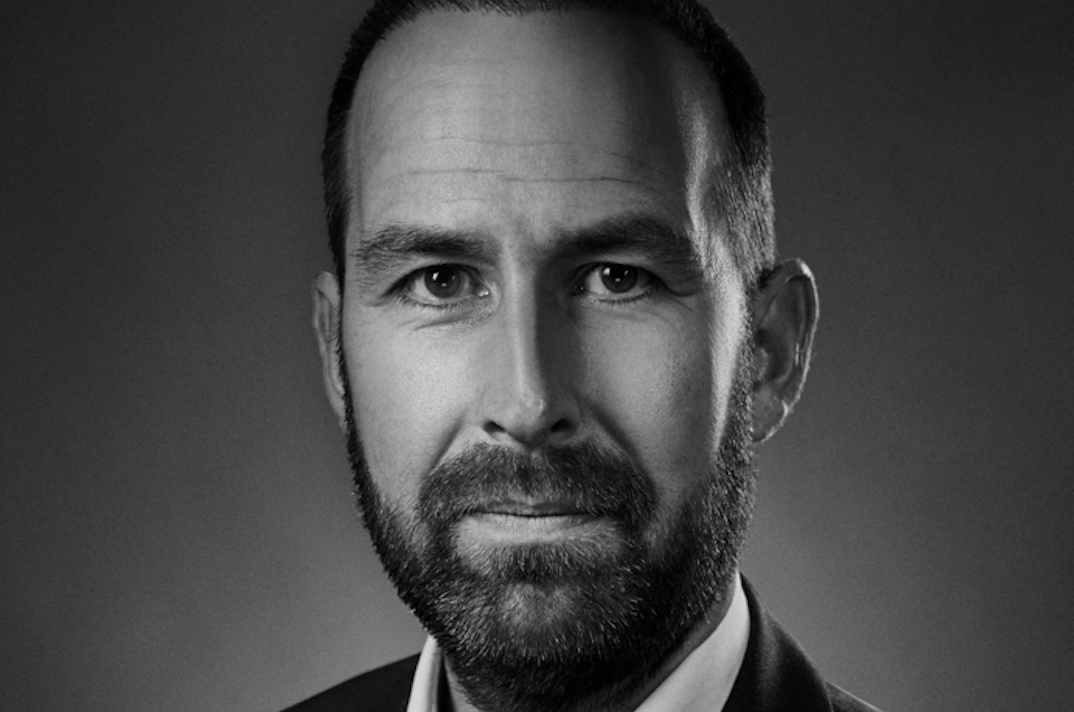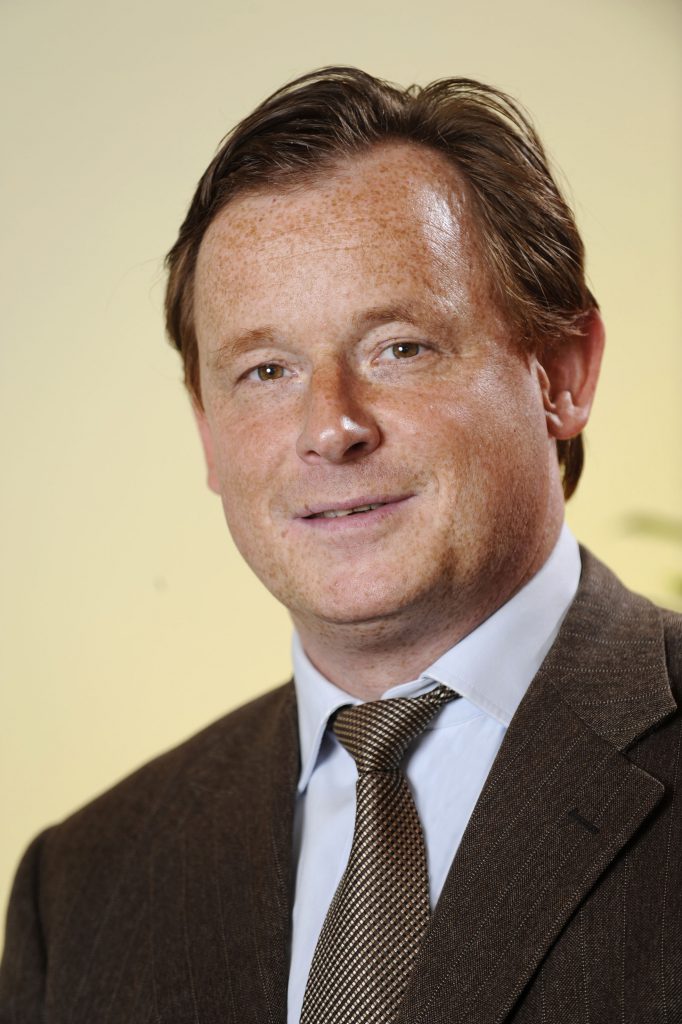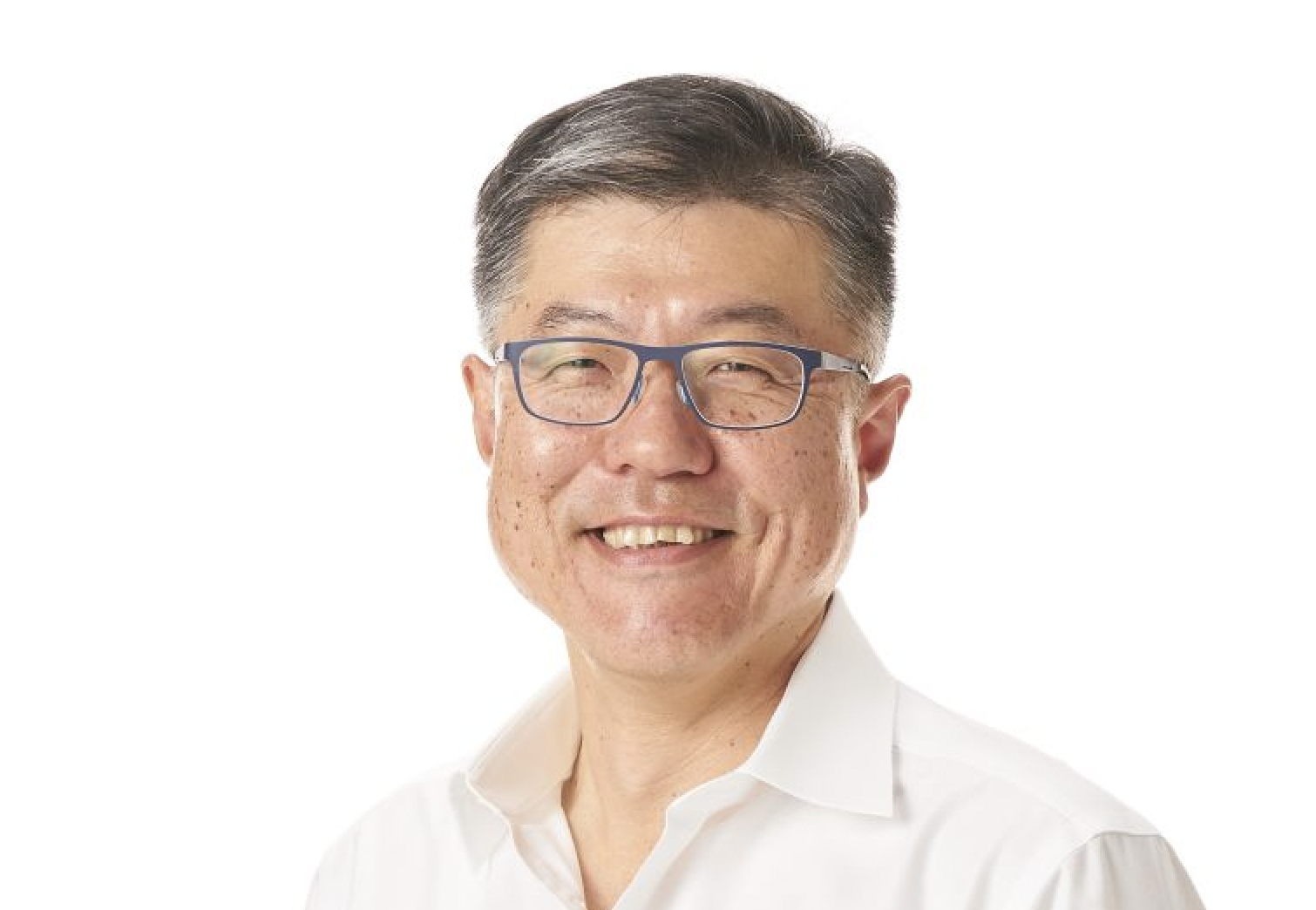These eight people all stepped down from leadership positions at CVC units in 2024. Here is what life after CVC looks like for them.

Life after CVC
Gen Tsuchikawa didn’t know what to expect when he started looking for his next role after leaving Sony Ventures.
“You would initially think that when the Sony name comes off that people would not necessarily be interested, because it’s not Sony that is going to invest,” he says. “But I was pleasantly surprised by the fact that there’s a lot of people interested in all the ideas I can bring and how I can potentially help them.”
There is no standard career path for corporate venture investors. Some people position themselves to join a fund, others find themselves surprised by a job opportunity they hadn’t previously considered.
And when they leave these units — especially if they have been the head — CVC investment skills can be applied to a variety of different fields.
Hugo Bongers
Hugo Bongers left his role as managing director of the head of Dutch bank ABN Amro’s CVC unit at the end of last year, and became a partner at Motive Partners, a fintech VC firm.
“What has changed? The ‘corporate’ part is left out. So now [I work] for a 100% investment firm. There is one thing that matters and that’s financial return.”

It was a natural next step after ABN Amro Ventures, a €150m ($157m) fund which targeted fintech startups in Europe, the US and Israel. Its portfolio companies include ThetaRay, an Israeli big data analytics company for anti-money-laundering compliance, and Crosslend, a German digital portfolio management company.
Bongers set up the CVC in 2017. At first, it was an uphill battle to establish a reputation within the bank.
“When I started, nobody [within the business] knew me because I was from outside ABN Amro,” he says.
“How it worked out was, I’d provide a solution to a problem [that parts of the business had]. People then said: ‘Ah, now there’s a benefit for me. You solve the problem I have with the startup or partnership. You bring additional revenue, or lower my costs.’”
After early ventures paid off both strategically and financially, Bongers felt the unit was firmly established and put on the wider business’s map. Support from senior leadership helped get to this point.
Now that he has moved to a pure VC firm, he can reflect on the difference with CVC. He says that it’s important for CVC units not to focus on the negatives of being aligned with a corporate, but rather to use that to their advantage.
“Use it as a strength, not a weakness,” he says. “There is strength to the corporate logo, the corporate distribution power, the corporate knowledge, the branding, the trust. Focus on that instead of complaining that they’re slow, cannot make decisions or are risk averse.”
Geert van de Wouw
Geert van de Wouw left his position as managing partner of Shell Ventures in October, after more than 12 years of running the team. He is now looking to take his skills to late-stage cleantech investment.
“I’m exploring various avenues, but I do know I want to focus on late-stage [investing],” he says.
As he sees it, there is a gap in the investment market. Cleantech startups are receiving strong funding in their early stages, allowing them to develop sound technology and secure their first customers. But the investment required to take them to the next level is harder to arrange because of the perceived risks involved. Often, it is more than banks and private equity firms are often willing to provide.

“These companies are now deserving of larger ticket sizes to build manufacturing plants, whether that’s for heat pumps or generating renewable fuel, they need tickets that are $50m, $100m, $250m,” he says.
“The phase I’m interested in is where an infrastructure investor like CIP [Copenhagen Infrastructure Partners] takes it on and scales it to mass. That’s where I see a real bottleneck in the energy transition at the moment.”
And the green energy transition has been at the centre of his career for over a decade now.
Shell Ventures was originally set up in 1996. Back then, it was a spinout factory targeting oil and gas opportunities rather than the strategically-aligned corporate venturing arm it is today. In 2012, Van de Wouw and his colleague Robert Linck were tasked with reinventing it as a predominantly cleantech-focused fund. It now invests in renewable energy, alternative fuels, energy-related IT infrastructure and mobility tech, alongside oil and gas.
Among its portfolio companies are Mainspring, a clean energy provider that uses various sources including biogas, green hydrogen and ammonia, and Zap Energy, which is working to commercialise nuclear fusion power.
Van de Wouw says he is grateful for the years he spent at Shell, but now is ready to move on to a new challenge.
“Being an enabler of that transition and helping accelerate it has been hugely rewarding for me over the last 12 years,” he says.
“I think we are reaching the point [in the green transition] where [cleantech technologies] need to be scaled to size. The time of experimentation is behind us.”
That’s because climate change is urgent but scaling up takes a long time. Van de Wouw explains that it can take a decade for a startup to come up with a viable green fuel molecule that can be commercialised. Producing it at scale then requires encouraging multiple parties to work together, for example to negotiate an offtake agreement for the eventual product. A large investment will be needed to set up the first plant, which will inevitably have teething problems which have to be learned from.
“So you’re now 15 years in the red and that’s to build one plant,” he says. “And now you have to build hundreds [more] of them.”
“The [decarbonisation] technologies that still have to be developed today will not help us in terms of [reaching] net zero [by 2050] for that reason.”
Now he’s moving on to try and make these long-term projects a reality.
Gen Tsuchikawa
Gen Tsuchikawa stepped down earlier this year as head of Sony Ventures, the CVC of the Japanese technology giant Sony. He is now taking time to figure out his next move, while serving as a non-executive director of Global-e, a company making a platform to help e-commerce businesses operate globally.
“One option is to have one core job and let that take up 80% of my time,” he says. “Option two is doing five, ten different things, working as an advisor or a mentor. I haven’t decided which way to go yet.”

He is very reflective about his time at Sony Ventures, which he founded in 2016 and led until September, helping to oversee the transition to its new CEO Kaz Hadano. For him, the challenge was getting the ventures team up and running.
“I think everything started to come together after, say, four years,” he says. “The reputation of the fund was built and people in the community knew the name.”
“When you’re starting something from scratch, that’s not going to be there from day one.”
Sony Ventures has since grown to operate across the world, with offices in the US, Europe, Israel and Japan. It also spans diverse sectors including entertainment, AI, and robotics. Some are more traditionally aligned with the parent company’s popular image as a tech company, such as next-generation devices and sensors, but the CVC also targets fintech and lifestyle startups, as well as those in industrial sectors such as agriculture and logistics.
Tsuchikawa stresses that raising a new CVC’s reputation isn’t easy.
“I wouldn’t recommend this to everyone, but when running a global team [I found] that when you’re starting these things off for the first couple of years you have to travel like crazy,” he says.
“Having the leader be present in many markets, meeting with lots of startups, incubators, and really sending the message of what we’re here to do [is important].”
He is a believer in the strategic importance of a strong CVC unit, which he thinks is a necessity for companies to manage their strategic outlook in the fast-paced modern economy. He contrasts the pace with how it was in the days when he worked in M&A for the investment bank Merrill Lynch.
“You would get pitchbooks of, let’s say, a $300m acquisition, or a $500m acquisition. The bankers will run through a set of financial assumptions, and these wouldn’t be too far off,” he says.
“But now the world [has started to] move very quickly and you have to have a pretty good idea of what’s happening in the startup world.”
“If you’re doing acquisitions at the $300m to $500m levels, there could be startups in the series A stage that may be in a position to totally beat the company you’re trying to acquire.”
Other CVC leavers paths have tended to take them into advisory roles either with other corporates, or sitting on various startup boards. In a few cases corporate investors will take the plunge to lead the kind of startup they were previously investing in.
Lydia Jett
Lydia Jett spent 9 years at the Japanese technology giant SoftBank’s Vision Fund, where from 2020 she was a managing partner responsible for investments into e-commerce startups and also targeted the fintech and robotics sectors.
Among the investments she led are Misfits Market, a US online groceries startup which was valued at $2bn in 2021, and Mmhmm, a US maker of virtual video call features such as backgrounds. Jett was a board member of both companies from 2021 to when she left the CVC unit in 2024.
Since leaving SoftBank Vision Fund, Jett has joined the board of directors at Flipkart, an Indian e-commerce company. She is also an occasional guest lecturer in entrepreneurial finance at Stanford University, a part-time posting she has held since 2022.
Guenia Gawendo
After six years as Telefonica Ventures‘ managing director, Guenia Gawendo stepped down in March. Since then, she has become an advisor on venture capital for two Swiss asset management companies, Stoneweg and Iteram Capital.
Telefonica Ventures is the CVC unit of the Spanish telecoms multinational Telefonica. It targets startups working in sectors including telecoms networks, IoT, big data, cybersecurity and crypto. In her time leading it, the unit reached 15 portfolio companies and was managing 11 funds across Spain, Latin America, Israel and the US.
Now she still works in Spain but for the Swiss companies, which are quite different to each other as investors. Stoneweg, an asset management platform, focuses on real estate, hospitality and leisure projects. She advises on its venture capital investments. Iteram specialises in alternative asset management, working with hedge funds, private debt and venture capital investors.
Michael Martin
Michael Martin has gone from leading a pharmaceutical company’s CVC to running the sort of startup he might have invested in, taking his venturing skills to the other side of the table.
He spent nine years at Takeda Ventures, the CVC arm of Takeda Pharmaceuticals, a Japanese multinational and the third largest drug company in Asia. The CVC invests in healthcare startups. Under Martin’s leadership it led the $35.5m series A funding round for Larkspur Biosciences in May 2023, a startup making cancer-fighting precision immunotherapies.
But in January he left to become president and CEO of Plexium, a US biotech startup developing targeted protein degradation therapies, a method designed to make drugs that are more selective or focused in treatment.
Jordan McAlister
Jordan McAlister has also turned to having a closer look at the startup world in her life after CVC.
After three years of head of venture and innovation strategy at Cox Communications, a US cable TV and telecoms company, she became head of investment and innovation strategy at Hyperspace Ventures, an accelerator that advises and partners with startups. She is also a strategic advisor at Let Me Do It, a company that makes an app that helps people with disabilities make informed decisions, such as by breaking down tasks and setting reminders about decisions needed.
Cox Communications invests in home automation technologies like Dwelo and Level Home, both smart home device management companies. The parent company, Cox Enterprises, runs a separate CVC initiative called Socium Ventures.
Hyperspace Ventures has quite a different focus. It specialises in digital products for its partnering startups. It recently helped one of its partners, WellAmi set up an app focused on health, wellness and beauty products.









